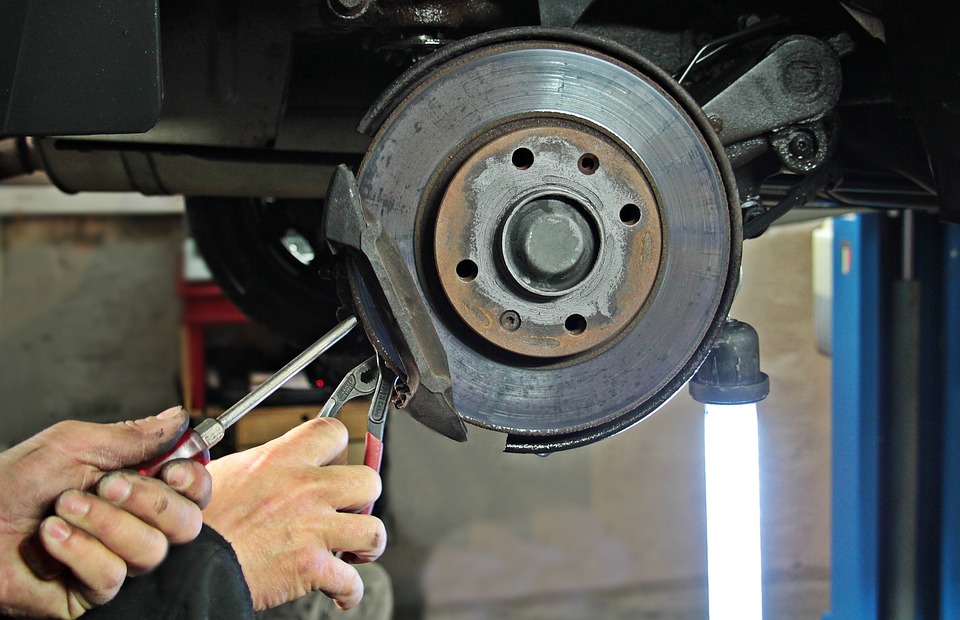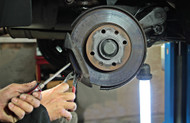Choosing Brake Pads: What to Consider
10th Feb 2017

Brake pads are one of the most important safety features in modern-day automobiles. A component of disc braking systems, they work by converting the kinetic energy of a moving car to thermal energy through friction. When you press the brake pedal, the caliper clamps the two pads together into the rotor; thus, slowing or stopping the vehicle.
Climate
Don't underestimate the impact that climate and temperature changes have on the performance of brake pads. Excessively cold temperatures, for instance, can reduce the performance of many standard brake pads. So if you live in a cold area, make sure your brake pads are equipped to handle these sub-freezing temperatures.
Towing
If you plan to tow with your vehicle, you'll need a special type of brake pads to handle the increased heat. Towing creates additional friction -- and this friction creates additional heat. Too much heat can wear down standard brake pads, which is why it's important to choose the right type. When towing, you should use brake pads that can handle excessive heat.
Organic Brake Pads
Brake pads are available in a variety of materials, one of which is organic. Organic brake pads last long, but they don't offer the same level of braking power as brake pads made of other materials. Furthermore, organic brake pads tend to lose their performance when wet.
Semi-Metallic
An alternative to organic brake pads is semi-metallic, which as the name suggests contains metallic pieces. Semi-metallic brake pads are made of soft metals embedded within the friction material. They offer strong stopping power, but at the cost of additional rotor and drum wear.
Fully Metallic
There are also fully metallic brake pads available. However, these are typically used in racing cars and vehicles. Fully metallic brake pads are typically made of high-quality steel with no synthetic additives. They last long but wear down the rotors more quickly than other types.
Ceramic
We can't talk about brake pad types without mentioning ceramic. Ceramic brake pads are made of clay and porcelain, which is bonded together by copper pieces. They offer a balanced longevity and performance, making them a great all-around choice.
Check Your Owner's Manual
Of course, you should also check your vehicle's owner's manual for recommendations on which brake pad types to use. Most automakers have recommendations for brake pads, which you can find in your owner's manual. When in doubt, check here information on which brake pads to use and how often to replace them.

